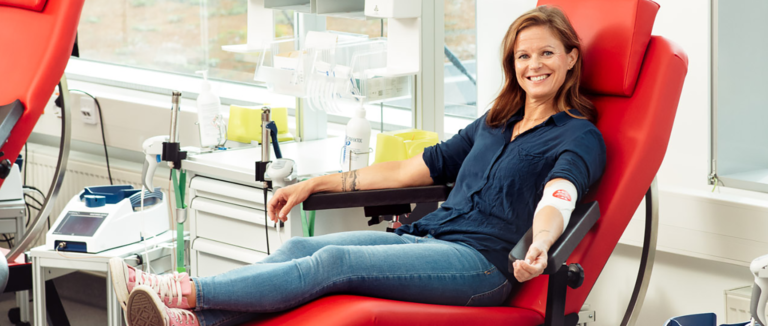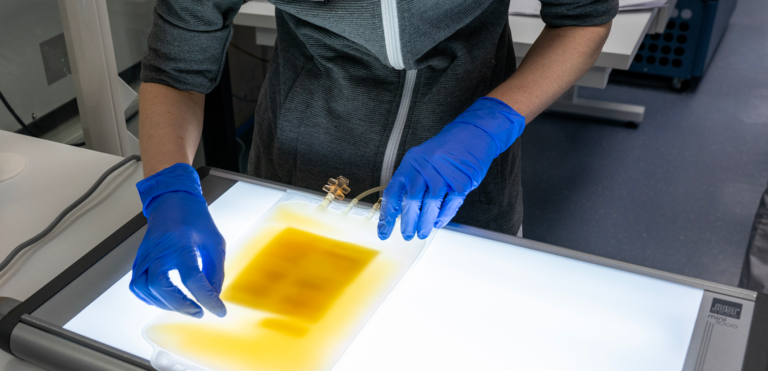Donation interval the single most important factor affecting iron stores in blood donors
The FinDonor 10 000 study by the Blood Service has uncovered new information on the impact of regular donations on blood donors’ iron stores.
Results show that while Finnish blood donors also experience reduced iron stores, the effect is less notable than in comparison countries. Iron depletion is most frequently found in young female donors. Donation interval, rather than age or diet, for example, is the strongest single indicator of iron levels.
In the FinDonor study, 2,200 volunteer blood donors were sampled and tested for blood cell counts, ferritin or iron levels, and soluble transferrin receptors. The donors also responded to a survey on health and lifestyle habits.
Low ferritin levels (below 15 µg/L) were observed in 21% of female donors of childbearing age, 11% of female donors past menopause, and 6% of male donors. However, no connection was found between low ferritin levels and the donors’ self-assessment of health. In other words, donors with low ferritin levels considered themselves to be just as healthy as other blood donors.
The study provided the Blood Service with crucial new information. Blood donors’ iron stores have been studied in several countries in the past few years. The FinDonor study showed that iron depletion is found also among Finnish donors, despite the long-standing policy to issue iron supplements to donors.
However, donors in Finland suffer from less iron deficiency than what has been observed in studies in several other Western European countries. A particularly important observation was that reduced iron levels did not affect the donors’ self-assessment of their health.
Protecting donors’ iron stores
In Finland, blood donors at risk of iron deficiency, women under the age of 50 and frequent donors are issued iron supplements. The purpose of iron supplements is to replenish iron lost by donating blood. Among blood donors, sufficient iron stores are not always maintained by diet alone. Another way to conserve iron stores is to enforce different minimum intervals between donations for men and women. Currently, women may donate at most every three and men every two months.
The FinDonor study suggests that iron supplements issued after donation are not presently sufficient for all donors. The strongest single factor affecting iron stores was the interval between donations. In young women, age, diet and body mass index were also factors. Further studies are still needed on the effects of iron supplements and donation interval on iron stores.
According to the study, it seems that young women are particularly susceptible to iron depletion, when compared with other donor groups. The results are similar to those observed in comparable studies on blood donors in other countries.
Blood Service will make use of the new research results in deciding suitable donation intervals and policies for handing out iron supplements. In light of the study, current blood donation practices appear to be suitable for the majority of donors. Young women, in particular, will be instructed to ensure sufficient dietary iron intake and internal between donations.
With the FinDonor study, the Blood Service sought to gain a scientific understanding on the effect of iron supplements and other factors related to blood donation on donors’ iron stores. The results have been published in the scientific journal PLOS ONE under the title Lobier et al 2019: The effect of donation activity dwarfs the effect of lifestyle, diet and targeted iron supplementation on blood donor iron stores.



